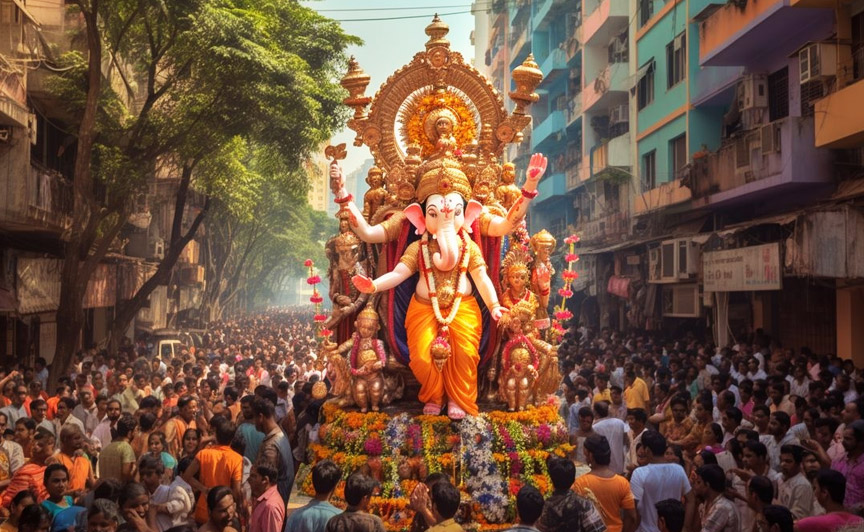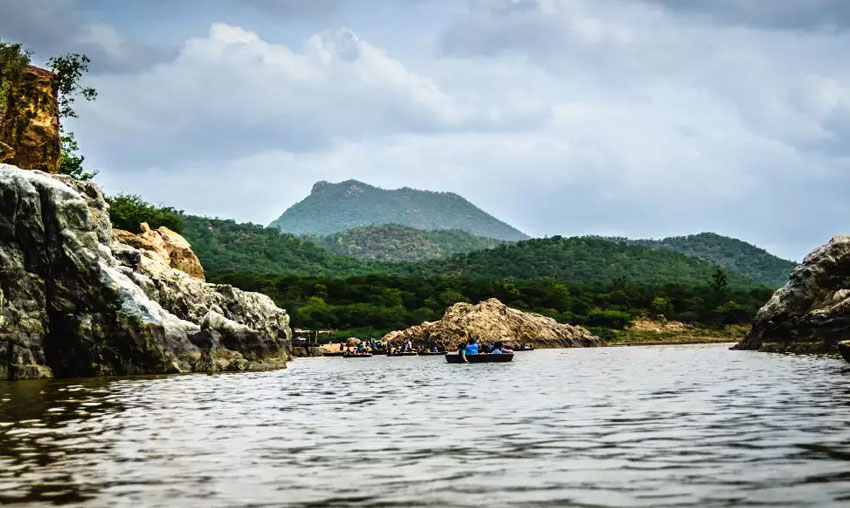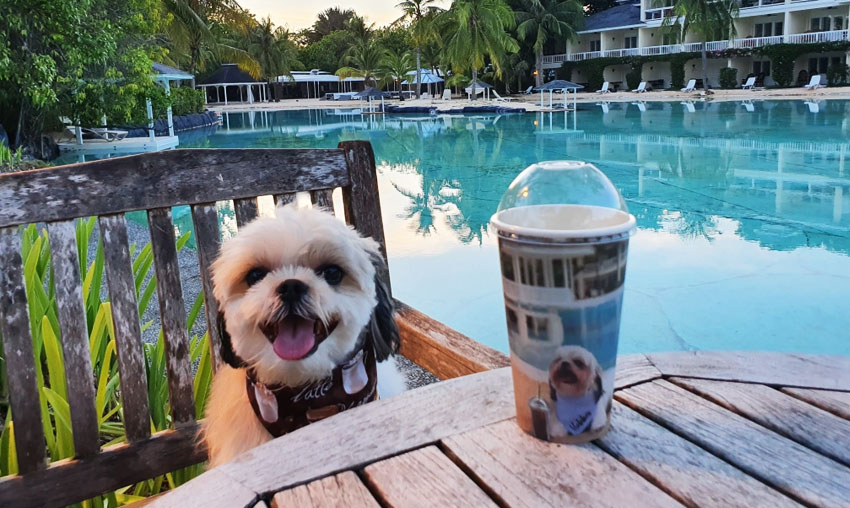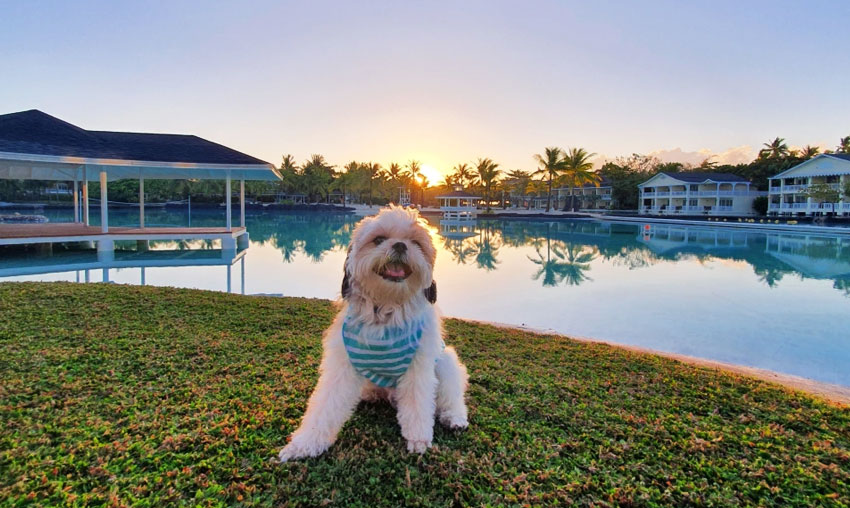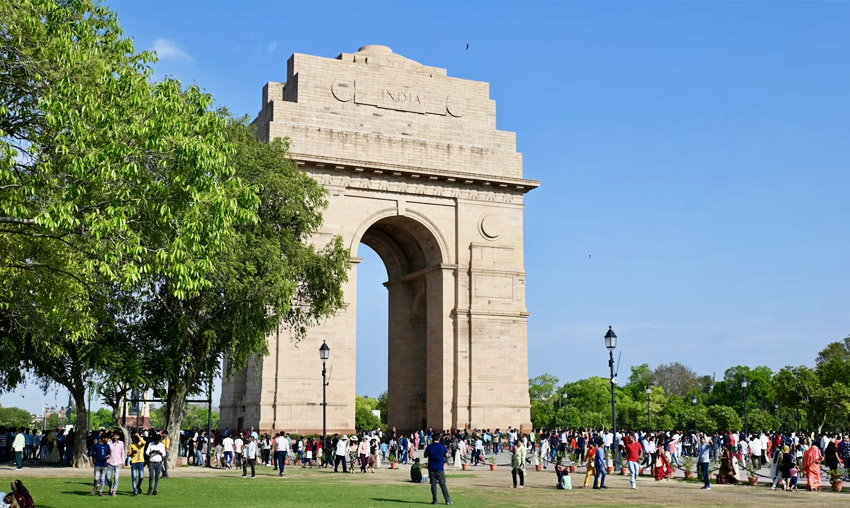August 9, 2024
Festivals in India – List of Festivals & Events in India To Plan Your Trip Around
In India, spirituality and religion are fundamental to everyday existence. Its cultural fabric is woven together by a number of faiths, including Christianity, Sikhism, Islam, Jainism, and Hinduism. Since each honors a different deity, it should come as no surprise that India hosts vibrant festivals with distinctive myths, customs, and culinary traditions almost every month of the year.
The majority of festivals follow the lunar calendar and occur on various dates each year. Peak festival season typically lasts from September to January, with numerous events taking place around the nation one after the other—and occasionally even simultaneously. Make sure you check again if you’re organizing a trip around a festival; they’re typically posted online and on websites run by tourism boards. This is our list of India’s top festivals.
Pongal, Tamil Nadu
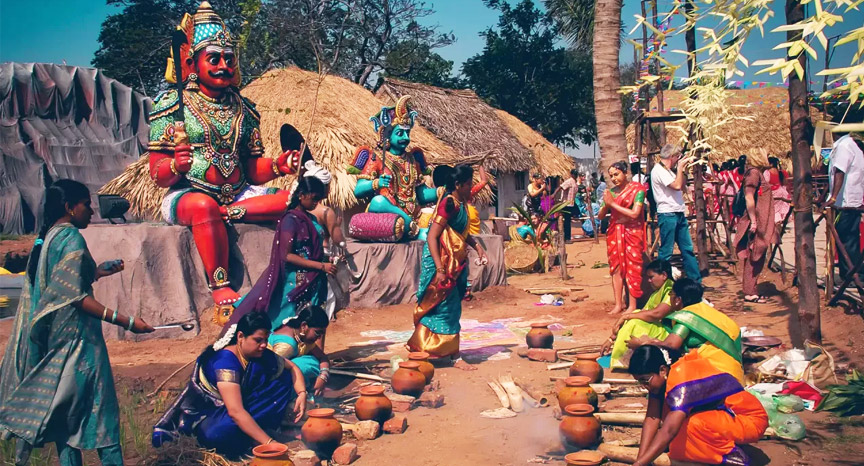
Over the course of four days in the middle of January, Tamil Nadu celebrates Pongal, the harvest festival. Bhogi is the first celebration, during which dwellings are thoroughly cleaned and rangolis, or colorful powder patterns, are drawn in the courtyard. The following day is Surya Pongal, which is the first day of the Tamil calendar and the occasion for preparing the traditional Pongal dish, which consists of cooking freshly harvested rice with milk and jaggery (raw cane sugar) and offering it to the Sun God. There are additional ceremonies and social gatherings on the final two days of the festival, Mattu Pongal and Kanum Pongal.
Mahashivratri, north India
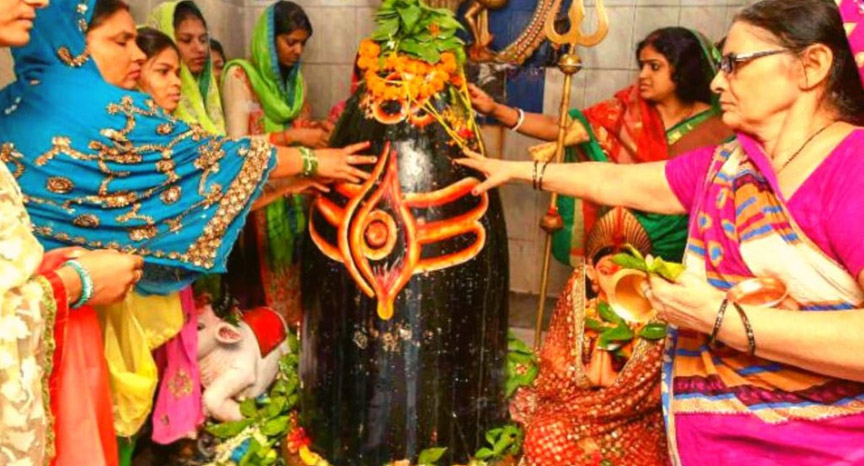
On the new moon night of Phalgun, Hindus celebrate Mahashivratri, a festival that commemorates the marriage of Lord Shiva and Parvati. Before going to Shiva temples right before midnight, devotees fast during the day. The night is filled with bhajans (devotional songs) and the Shivalinga (idol) is washed with milk, yoghurt, and honey. Some of the greatest venues to experience the festival include Guwahati (Assam) and Rishikesh (Uttarakhand), as well as the week-long Mahashivratri fair held at the Bhootnath Temple in Mandi (Himachal Pradesh).
Holi, north and west India
Holi, India’s most colorful celebration, is linked to the passionate love of Lord Krishna and Radha and is held on the full moon day of Phalgun. People apply gulal, or colored powders, and douse each other in water with water balloons and pichkaris, or water pistols, as the streets come to life. North India, where Lord Krishna was born and raised, is where the festival is most enthusiastically celebrated. For the most immersive celebrations, visit Mathura and Vrindavan in Uttar Pradesh.
Bihu, Assam
The most significant celebration in Assam is Rongali Bihu, which also celebrates the Assamese New Year and the start of the harvest season. It’s a seven-day festival of happiness and lots of fun where people dress up in traditional clothes and gather for folk song-inspired traditional dancing, known as bihu naach. During holiday feasts of masor tenga (sour fish curry), various pitha (rice flour pastries), and apong (traditional rice beer), families and friends get together.
Onam, Kerala
Onam, the most celebrated holiday in Kerala, is observed by people of all castes and religions equally. King Mahabali, the erstwhile monarch of Kerala, is honored with this ten-day harvest festival. It is believed that his ghost pays a visit to his country on the day of Onam. Athachamayam processions, replete with traditional music, floats, and elephants adorned with jewels, are the highlight of the celebration. Snake boat races are a popular event on Kerala’s lakes and rivers. The Onasadya is a lavish feast of traditional vegetarian meals served on a banana leaf that you shouldn’t miss.
Janmashtami, across India
The celebration of Janmashtami, sometimes called Gokulashtami, honors the birth of Lord Krishna. Given that he is credited with being born at midnight, followers of him spend the entire night in prayer and bhajan singing (devotional songs). Ras Leela, or dramatic enactments of events from Krishna’s life, brings Mathura, the city of his birth, to life. The following day is Dahi Handi, when participants attempt to smash a pot of yoghurt, Lord Krishna’s favorite dish, by building enormous human pyramids. Mumbai, Pune, and Mathura are the prime locations to take part in these wild celebrations.
Ganesh Chaturthi, Maharashtra
One of the most adored gods in the Hindu pantheon, the elephant-headed Lord Ganesha, is the focus of the ten-day Ganesh Chaturthi celebration. Mumbai is the ideal spot to witness the event because of its intricate pandals (marquees) and exquisitely adorned idols; the best examples are Lalbaugcha Raja, GSB Seva Mandal Ganpati, and Andhericha Raja. On the tenth day of the celebration, large processions with loud music, drumming, and street dancing are held in preparation for the idols’ submersion in the sea.
Navratri & Dussehra, north and west India
The nine-day Navratri celebration, which honors Goddess Durga, is celebrated throughout India with a variety of customs. Over the course of nine nights, revelers in Gujarat don vibrant traditional clothing and perform the garba and dandiya dances. People perform dramatic renditions of the Ramayana throughout the nation. On the tenth day, known as Dussehra, worshipers burn enormous effigies of the ten-headed demon king Ravana to commemorate the victory of good over evil when Lord Rama slew him.
Durga Puja, West Bengal
Although Durga Puja is celebrated in various ways around the nation, West Bengal hosts the largest celebrations. Exuberant pandals with enormous idols of the Goddess Durga dot Calcutta. Some of the must-see pandals are Kumartuli Park, Deshpriya Park, and Ballygunge Cultural Association; don’t miss the delicious street cuisine outside. In addition to religious rites, a lot of pandals include theatrical, dance, and music performances. The city’s marketplaces are also bustling with shoppers looking to purchase sweets, handicrafts, and new clothing.
Diwali, across India
Arguably the largest celebration in India, Diwali commemorates the return of Lord Rama from his fourteen-year banishment. The celebration spans five days, each commemorating a different mythology, including the one about Lord Krishna slaying the demon Narakasur or the birthday of the goddess Lakshmi. Wearing new clothes, getting together with loved ones, lighting lanterns and diyas (earthen lamps), and burning crackers are all part of the celebration of the festival of lights. Without unique cuisine, a holiday cannot be fully enjoyed. Depending on the area, Diwali feasting may include a wide range of both sweet and savory dishes.
Pushkar Camel Fair, Rajasthan
A little Rajasthani desert hamlet is the scene of an incredible sight known as the Pushkar Camel Fair, which draws hundreds of camels and spectators. Originally intended to draw camel, horse, and cow dealers during the revered Kartik Purnima celebration, it has since grown into a popular tourist destination. There will be races featuring ornately decorated camels, an arts and crafts mart, and even a competition for the best moustache. A maha aarti, or ceremonial fire offering, takes place on the banks of Pushkar Lake to mark the end of the fair.
Guru Nanak Jayanti, Punjab
One of the most significant holidays in Sikhism is Guru Nanak Jayanti, also known as Guru Nanak Gurpurab, which commemorates the birth of the first Sikh Guru. Punjab is home to numerous beautifully decorated gurdwaras, many of which offer akhand path, or continuous reading, from the Sikh holy book, the Guru Granth Sahib. While chanting devotional songs, devotees carry out processions called palki carrying the sacred book. Additionally, young Sikhs practice gatka, a kind of stick-based martial arts.
Christmas, across India
In India, Christmas is a significant holiday that is observed by both the secular and Christian communities. Goa is a fantastic destination for celebrations, with a plethora of native treats such as neureos (pastries stuffed with coconut) and dodol (a jelly-like dessert made with rice flour, coconut milk, and jaggery), as well as spectacular nativity scenes, midnight masses, carol singing, and Christmas trees everywhere. Mumbai and Calcutta are also known for their Christmas celebrations, with gorgeously lit cathedrals and extravagantly decorated hotels and malls.
Kumbh Mela, rotating dates and locations
The Kumbh Mela is the world’s largest religious gathering and is held every four years on four sacred rivers: the Shipra in Ujjain, the Godavari in Nashik, the Ganges in Haridwar, and the Yamuna, Saraswati, and Ganges confluence in Prayagraj. Over the course of twelve years, it occurs four times, lasting several weeks each time. Millions of pilgrims and sadhus (holy men) flock to the river to participate in the sacred dip.
Latest Blogs
-
Best Tourist Places to Visit near Bangalore Within 100 kms
March 25, 2025
-
Pet Friendly Luxury Resorts near Mumbai for Family
March 22, 2025
-
Pet friendly Resorts near Delhi within 100 kms
March 18, 2025
-
Best Tourist Places to Visit near Delhi
March 15, 2025
-
Top 10 bikes for touring in India
March 12, 2025
-
12 Jyotirlinga Name and Place – Timing & How to reach
February 26, 2025
-
10 Popular Buddhist Temples & Monasteries to Visit in India
October 15, 2024
-
You must opt-in Things to Do when traveling to India
September 27, 2024
-
Adventure Awaits: Exploring Kochi’s Exciting Sports Activities
September 25, 2024
-
Unleash Your Adventurous Spirit with Leh Ladakh Bike Tour Packages
September 19, 2024
